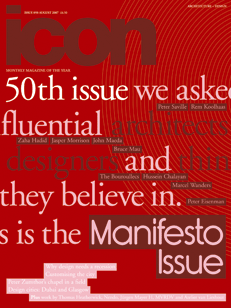 The manifestos that I posted about last week are now online at Icon: 50 manifestos for a 50th issue.
The manifestos that I posted about last week are now online at Icon: 50 manifestos for a 50th issue.
So click on over and read manifestos by Rem Koolhaas
(“Europe is doing almost ridiculously well. We fly for next to nothing, we have the highest quality prisons, Europe gave us millions of new friends, Frisian Lakes are maintained in order, sewers that ruined the most beautiful beaches are gone, the Spanish countryside is now a polished backdrop for whizzing high-speed trains”)
and Bruce Mau
(“So long as architects self-marginalise by purposely excluding the business of development and its real burden of complexity and decision making from their education, from their business, architecture will remain a gentleman’s weekend culture, unwilling or unable to take on the heavy lifting and big problems, happy to polish fancy baubles for our urban entertainment”)
and Sam Jacob
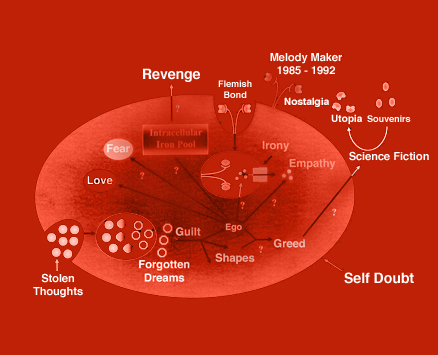 and a press release by Joshua Prince-Ramus and an ad for an event by Hans Ulrich Obrist and some crap by BLDGBLOG
and a press release by Joshua Prince-Ramus and an ad for an event by Hans Ulrich Obrist and some crap by BLDGBLOG
(“Everything is relevant to architecture – from plate tectonics and urban warfare to astronomy and the melting point of steel. There is architecture lining the streets of New York and Paris, sure – but there is architecture in the novels of Franz Kafka and W.G. Sebald and in The Odyssey. There is architecture on stage at the Old Vic each night, and in the paintings of de Chirico, and in the secret prisons of military superpowers. There is architecture in our dreams, poems, TV shows, ads and videogames – as well as in the toy sets of children. The suburbs are architecture; bonded warehouses are architecture; slums are architecture; NASA’s lunar base plans are architecture – as are the space stations in orbit [above] us”)
along with more manifestos by Peter Saville
(“Pop culture used to be like LSD – different, eye-opening and reasonably dangerous. It’s now like crack – isolating, wasteful and with no redeeming qualities whatsoever”)
and Bernard Khoury
(“Relevant architecture should not be limited to exceptional programs such as schools, corporate headquarters of international companies, museums, and public libraries”)
and Vito Acconci
(“…if people can’t ‘get’ the buildings we make, then those buildings are meant to appear as a force of nature, and we expect from people only belief”)
and Paola Antonelli
(“I consider design the highest expression of human creativity because it is concise and distilled. I am baffled that the world does not yet understand not only how important, but also how tremendously engrossing and entertaining design is”)
and Steven Holl
(“At the beginning of the 21st century, architecture can be the most effective instrument for reconstructing the relations between our species and the earth”)
and Philippe Rahm
(“Architecture has to generate new nature in this artificial global environment”)
and Jasper Morrison
(“Design, which used to be almost unknown as a profession, has become a major source of pollution. Encouraged by glossy lifestyle magazines and marketing departments, it’s become a competition to make things as noticeable as possible by means of colour, shape and surprise. Its historic and idealistic purpose, to serve industry and the happy consuming masses at the same time, of conceiving things easier to make and better to live with, seems to have been side-tracked. The virus has already infected the everyday environment. The need for businesses to attract attention provides the perfect carrier for the disease”)
and so on…
So check it out.
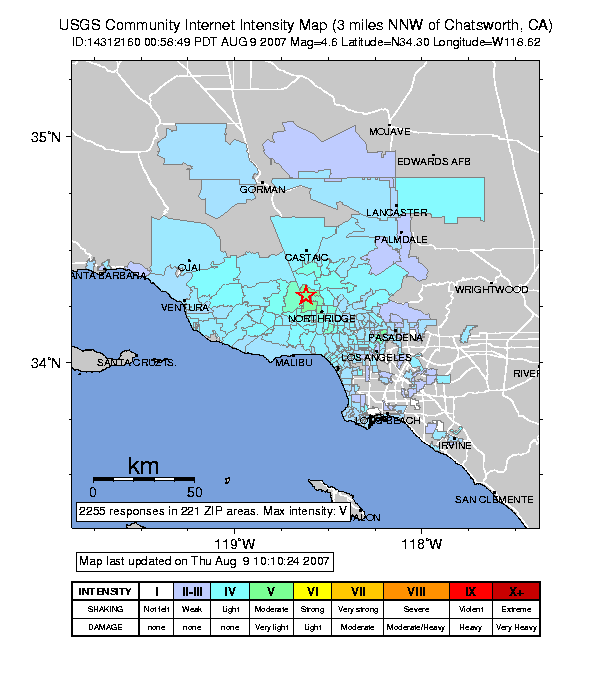 About twenty minutes after writing the previous post, I felt my
About twenty minutes after writing the previous post, I felt my 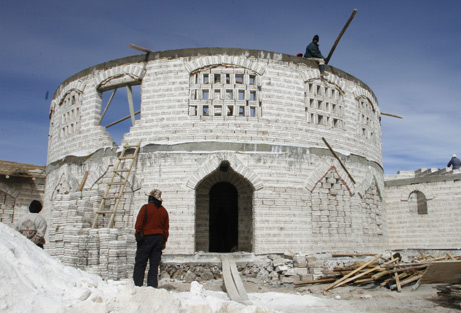 [Image: Bolivia’s
[Image: Bolivia’s 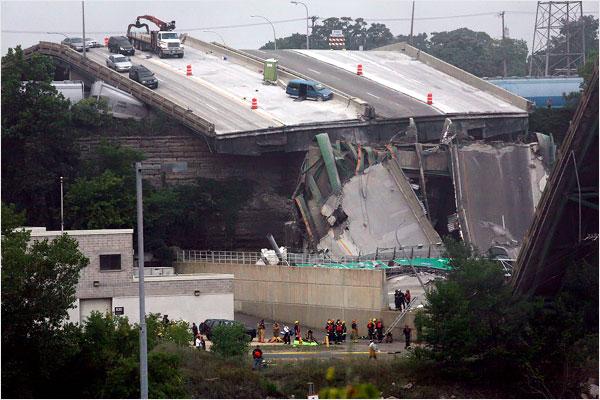 [Image: Photo by Allen Brisson-Smith for
[Image: Photo by Allen Brisson-Smith for 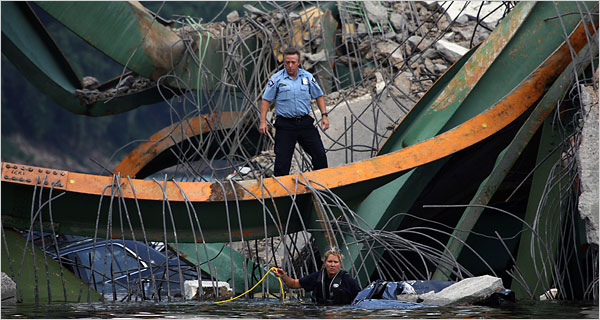 [Image: Photo by Jeff Wheeler/The Star Tribune/AP; via
[Image: Photo by Jeff Wheeler/The Star Tribune/AP; via 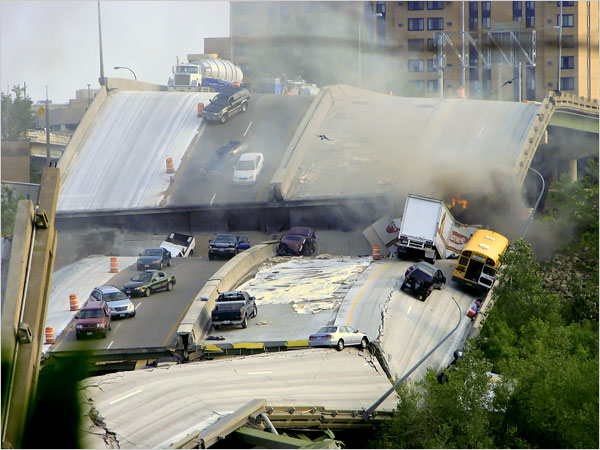 [Image: Photo by Heather Munro/The Star Tribune/AP; via
[Image: Photo by Heather Munro/The Star Tribune/AP; via 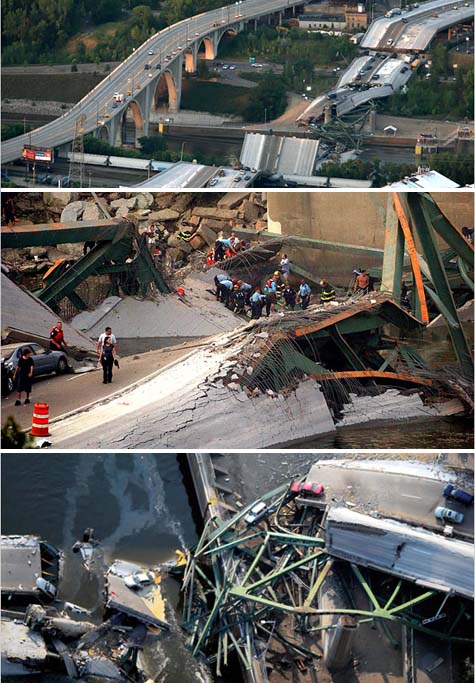 [Images: Photos courtesy of
[Images: Photos courtesy of  Future Australians perplexed by the design of their cities might have ants to blame: “The movement of ants could help solve traffic jams and crowd congestion, Australian scientists say, and the findings could be used in
Future Australians perplexed by the design of their cities might have ants to blame: “The movement of ants could help solve traffic jams and crowd congestion, Australian scientists say, and the findings could be used in